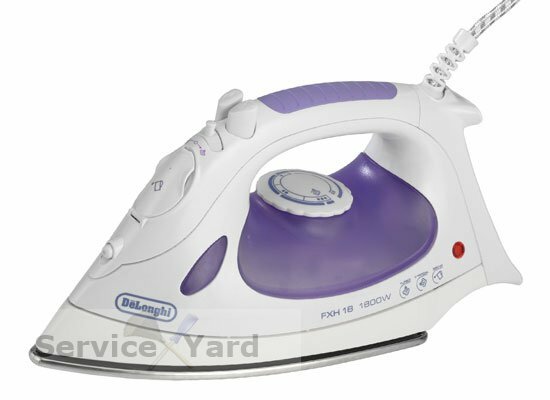The first reaction of an ordinary person to the idea of an elevator in a private house is superfluous, and only the owners of luxury cottages "suffer" from this. But do not rush to draw conclusions. This is actually a vital necessity for many: those who have problems with the musculoskeletal system, for whom age prevents them from moving freely, who are forced to move weights from floor to floor every day floor. Even if your house does not have a second floor, but there is a basement in which you store things and household items, an elevator will not be superfluous. So it makes sense to ask this question, and you will be surprised to find out that its solution is not as difficult as it seems at first glance.
Read in the article
- 1 Three options for arranging an elevator mechanism for a private house
- 2 Safety is most important
- 3 Which is better: an elevator or a lift
- 4 Some recommendations for arranging a home elevator
Three options for arranging an elevator mechanism for a private house
If we consider the types of mechanisms for arranging a private elevator, then there are three available options: electric, pneumatic and hydraulic. The choice of drive will depend on your financial and technical capabilities.
For an electric elevator, first of all, you need to prepare a place for placing the mechanism itself. It cannot be called compact, so that many owners of country houses have a unit in an usually empty attic. It should be borne in mind that electric lifts are based on the work of strong cables and make quite a lot of noise.
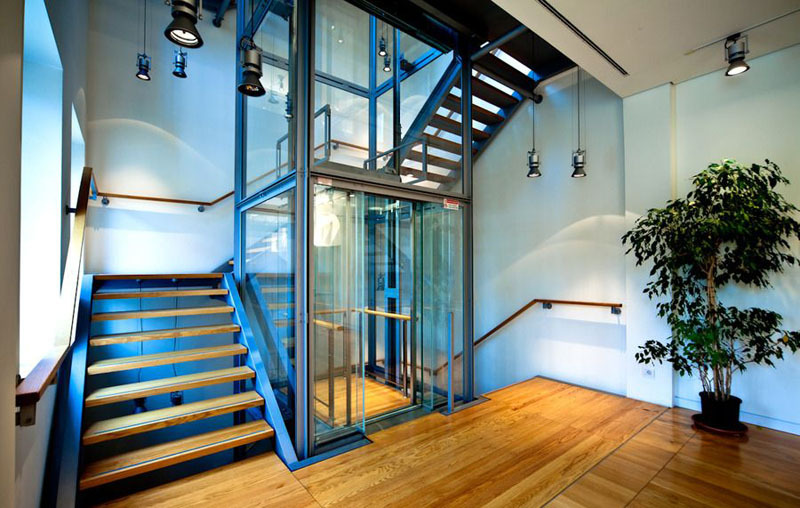
The hydraulic mechanism, in comparison with the electric one, is much simpler and easier to install and operate.
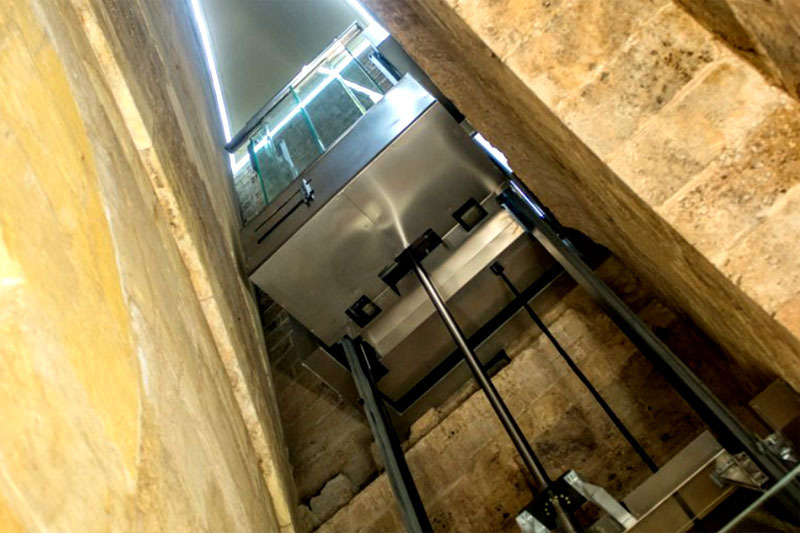
And finally - the most modern type of lift mechanism - pneumatic. It usually includes a lightweight plastic cabin that moves due to a controlled differential pressure across the capsule.
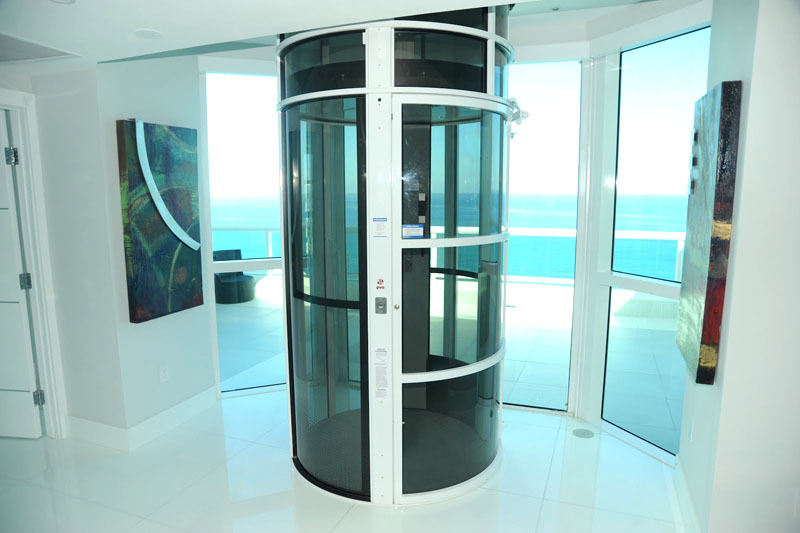
If we talk about which of the listed options is easier to do on your own, then this, of course, is an electromechanical design.
Safety is most important
An elevator structure is a potentially dangerous object, so its arrangement must be approached with the utmost responsibility.
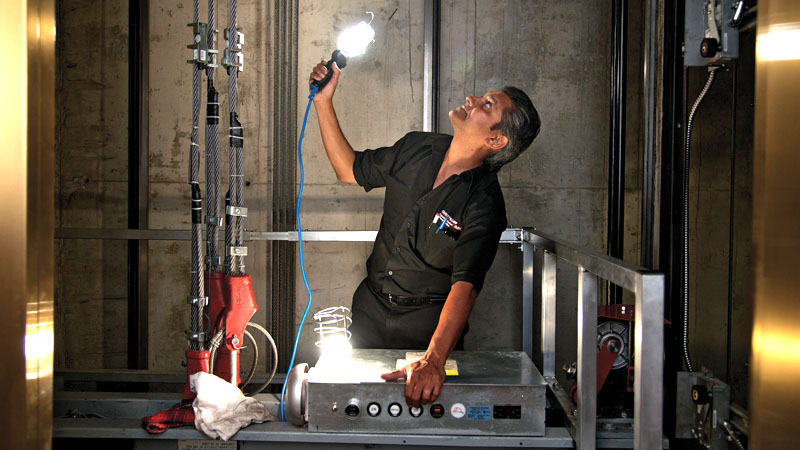
When equipping a home elevator, you must ensure that the mechanism is protected from accidental entry of children and pets and that the doors that should not open while moving are adequate. It is imperative to provide for cab insurance in case of cable breakage and grounding of the cab power supply.
Make sure that the lift does not start moving until the moment people enter or exit it completely. This is the only way to avoid serious injury.

Which is better: an elevator or a lift
In fact, a lift is a simplified model of an elevator. Lifts usually have only a moving platform without a cab. This simplifies and lightens the design and allows people in wheelchairs to use the mechanism.
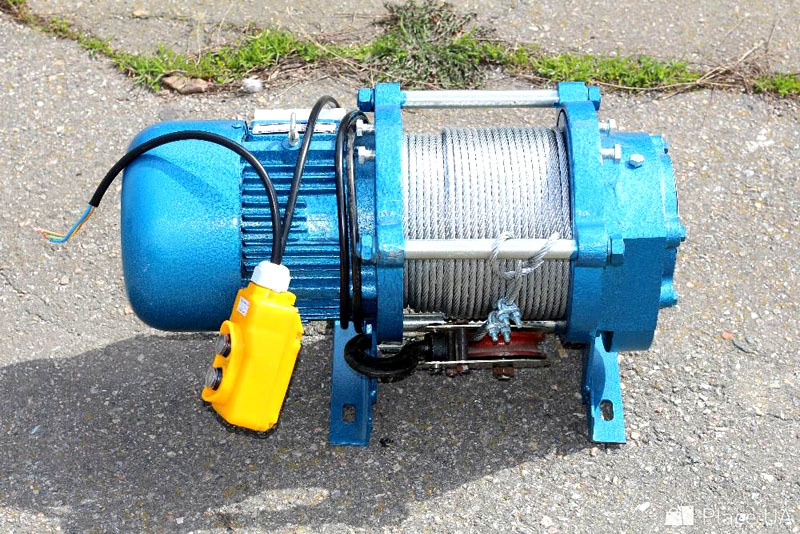
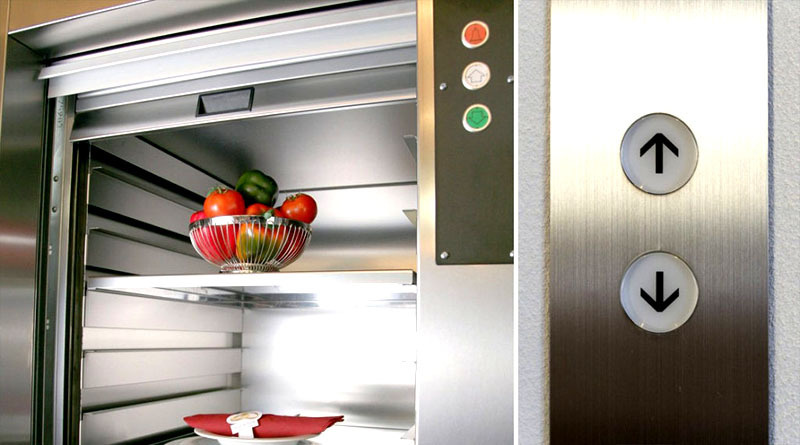
Some recommendations for arranging a home elevator
First of all, the elevator structure must be made only of a durable metal profile. The use of guides made of soft aluminum or plastic is not allowed.
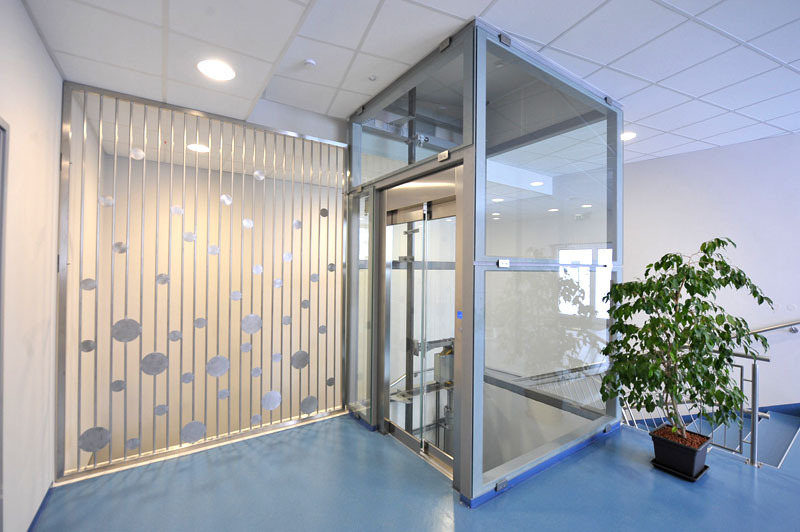
Doors in elevators are telescopic or hinged. The easiest way is to make swing ones, but telescopic ones take up much less space. For a home elevator, accordion doors are also suitable - they take up little space and are easy to operate.
Particular attention should be paid to the strength of the winch and the reliability of the engine.
You cannot arrange an elevator with guides fastening to walls made of plasterboard or aerated concrete - this is an unreliable support.
You can study an example of arranging a home elevator in this video:
Do you use any similar mechanisms in your home? Share your experience in the comments!

